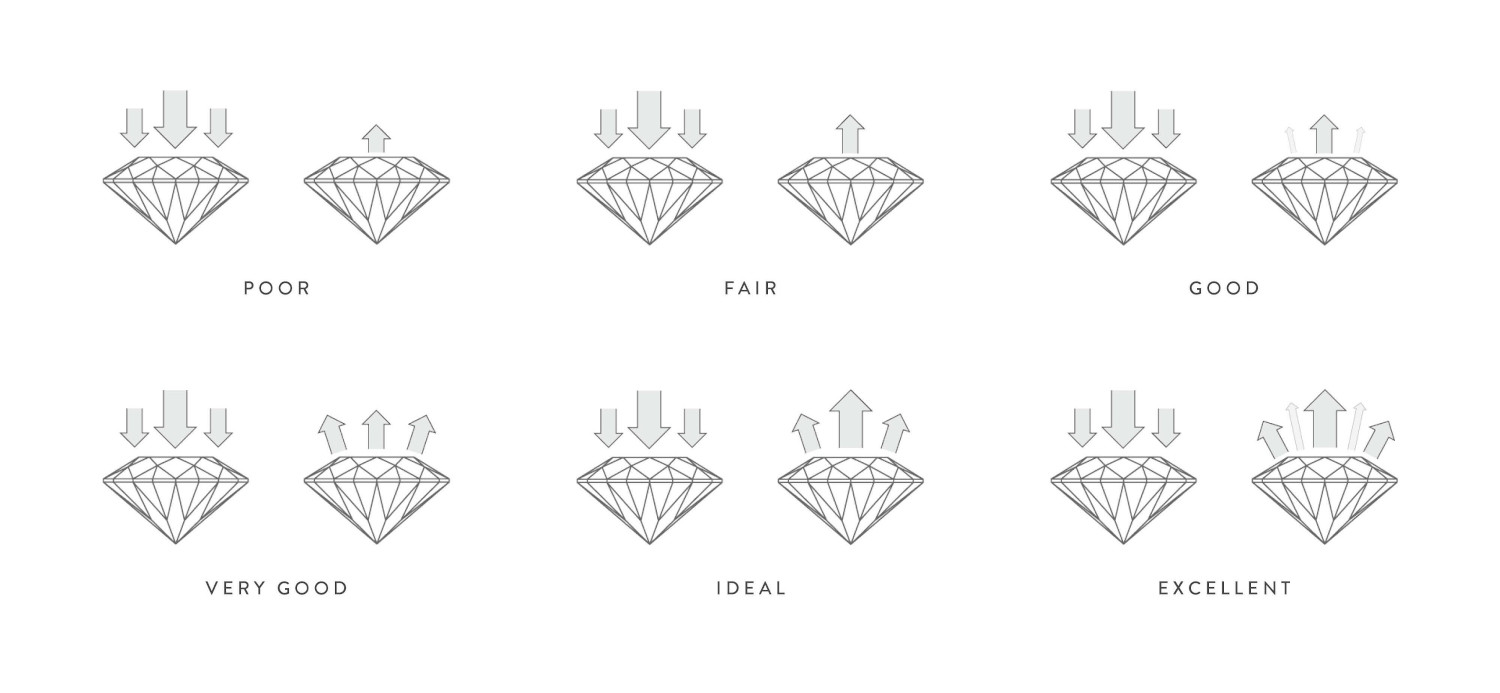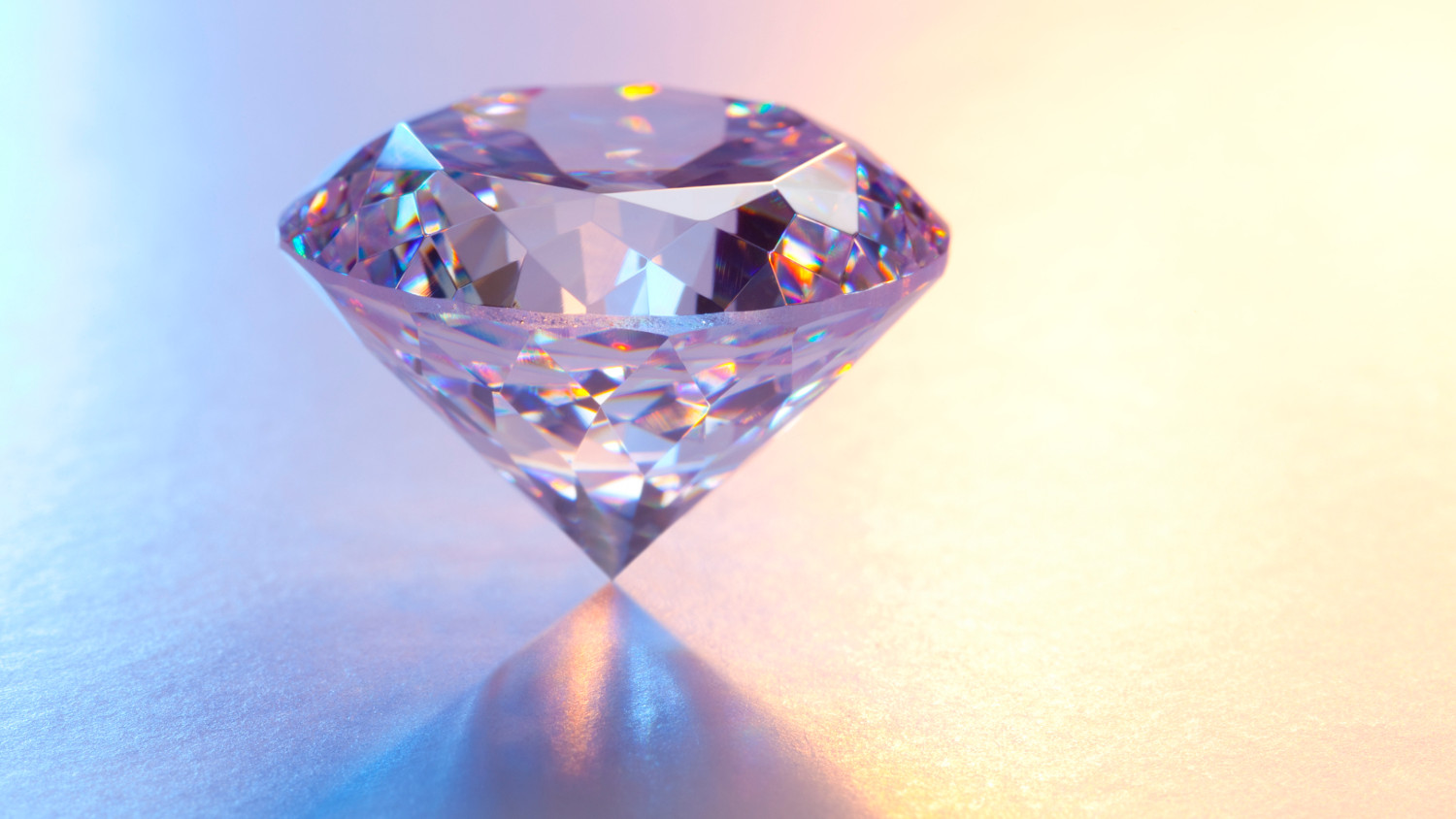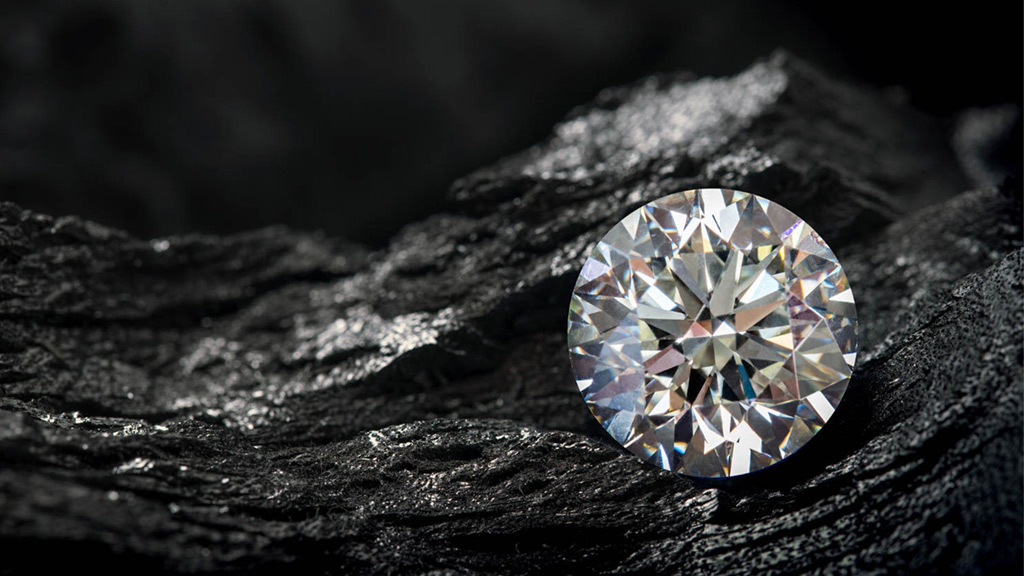Each diamond is unique and is a miracle of time, place and change.
The 4Cs refer to a global standard for the four primary characteristics of a diamond: Cut, Colour, Clarity, and Carat. The creation of the Diamond 4Cs meant two very important things: diamond quality could be communicated in a universal language, and diamond customers could now know exactly what they were about to purchase.
Our mission here at ADC Online is to make sure that your diamond is perfect for you in every way. If you’re planning to buy a diamond, it’s important to build a basic understanding of what these terms refer to and why the grades are important.

CUT
Achieving the best cut for a diamond reflects in the stone’s final beauty and value. To determine the cut grade of a diamond we calculate the proportions of certain facets that influence a diamond’s face-up appearance. These proportions allow us to evaluate what the best cut for a diamond is, by studying how successfully a diamond interacts with light to create desirable visual effects, such as:
- Brightness: Internal and external white light reflected from a diamond
- Fire: The scattering of white light into all the colours of the rainbow
- Scintillation: The amount of sparkle a diamond produces, and the pattern of light and dark areas caused by reflections within the diamond

COLOUR
When referring to a diamond’s colour, we actually refer to the lack of colour. The colour grading system measures the degree of colourlessness by comparing a diamond under controlled lighting and precise viewing conditions. Many of these diamond colour distinctions are so subtle that they are invisible to the untrained eye; however, these distinctions make a very big difference in diamond quality and price.

CLARITY
Diamond clarity refers to the absence of inclusions and blemishes. Natural diamonds are the result of carbon exposed to tremendous heat and pressure deep in the earth, while this process can result in a variety of internal characteristics called ‘inclusions’ and external characteristics called ‘blemishes.’
Evaluating diamond clarity involves determining the number, size, relief, nature, and position of these characteristics, as well as how these affect the overall appearance of the diamond. No diamond is perfectly pure but the closer it comes to purity, the better its clarity.
There are 6 categories when referring to the clarity scale:
- Flawless (FL) No inclusions and no blemishes visible under 10x magnification
- Internally Flawless (IF) No inclusions visible under 10x magnification
- Very, Very Slightly Included (VVS1 and VVS2) Inclusions so slight they are difficult for a skilled grader to see under 10x magnification
- Very Slightly Included (VS1 and VS2) Inclusions are observed with effort under 10x magnification, but can be characterized as minor
- Slightly Included (SI1 and SI2) Inclusions are noticeable under 10x magnification
- Included (I1, I2, and I3) Inclusions are obvious under 10x magnification which may affect transparency and brilliance
To the naked eye, many inclusions and blemishes are too tiny to be seen by anyone other than a trained diamond grader. This is why expert and accurate assessment of diamond clarity is extremely important. Knowing what diamond clarity truly means helps you understand the factors that contribute to diamond quality and price.






